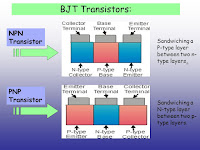Step1. Connect your Android device to the laptop with an USB cable.
Step2. Tap "Settings" >> Tap "More..." >> Tick the "USB tethering" option. >> Choose a version of windows for your computer, then tap"next" >> tap "Done".
Step3. Share your laptop's Internet connection with an Android device via an USB cable.
a. Open the " Network and Sharing Center".
b. Make sure the naming of the Android device.
c. Click the Internet which you want to share with the Android device.
d. Click [Properties]
e.
1. Click [Sharing]
2. Check [Allow other network users to connect through this computer's Internet connection].
3. Select the naming of the Android device from step3.
4. Click [OK]
Step4. You should be able to browse the internet on your Android device.
Note: This information may not suitable for all the products from the same category/series. Some of the screen shots and operations could be different from the software versions.



